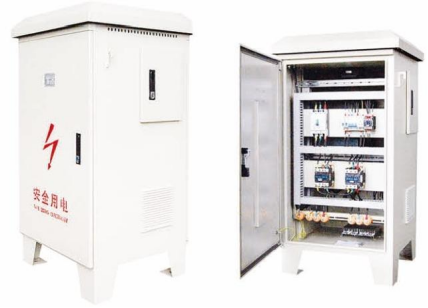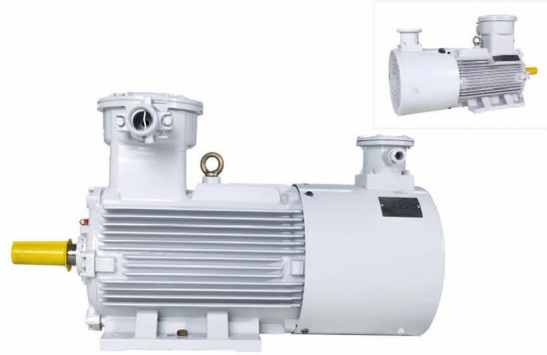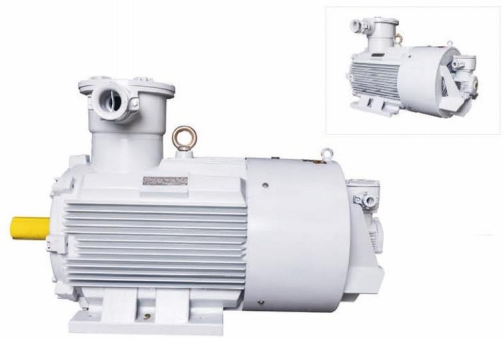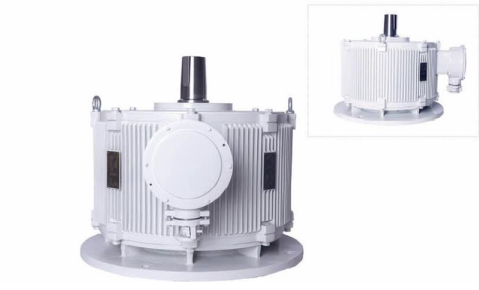Wedoany.com Report-Apr. 7, Indonesia’s Minister of Energy and Mineral Resources, Bahlil Lahadalia, has directed PT PLN, the state-owned electricity company, to promptly build a 40-megawatt (MW) Geothermal Power Plant (PLTP) in Maluku Province. He announced this mandate in a statement on Monday, emphasizing its purpose: “The state appoints PLN to carry out this task in order to bring electricity to the people.”
Minister of Energy and Mineral Resources Bahlil Lahadalia after attending a meeting led by President Prabowo Subianto at the Presidential Palace in Jakarta on Thursday
The directive was issued during a working visit to Ambon on April 5, following an inspection of the Load Distribution and Regulation Implementation Unit (UP3B) in Maluku’s capital. Lahadalia highlighted that Maluku possesses a geothermal potential of 40 MW, which requires immediate development. This project is part of PT PLN’s Electricity Supply Business Plan (RUPTL) for 2025–2034, marking a shift toward clean energy through new and renewable energy (NRE) sources.
The minister stressed the initiative’s goal of reducing reliance on diesel and coal, stating: “This aims to cut dependence on diesel and coal. Old power plant machinery can be replaced with NRE as a form of the government’s concern to provide NRE in line with international consensus.” The PLTP projects include the 20 MW Wapsalit PLTP on Buru Island and the 2x10 MW Tulehu PLTP on Ambon Island.
The Wapsalit PLTP, currently under exploration by private developers, is expected to begin commercial operations in 2028. The Tulehu PLTP, managed by PLN, is in the procurement phase and slated for completion in 2031. Additionally, a survey by the Geological Agency identified geothermal potential in Banda Baru on Seram Island, suitable for a 25 MW PLTP, with market sounding planned for this month.
Maluku’s current electricity system heavily depends on fossil fuels. According to 2024 data, the region’s total power generation capacity stands at 409 MW, with 406 MW—approximately 99 percent—derived from fossil sources. Diesel Power Plants (PLTD) contribute the most, producing 249 MW or 61 percent, followed by gas and steam-based plants (PLTG, PLTGU, PLTMG) at 157 MW or 38 percent. In contrast, NRE sources account for just 3 MW, less than one percent, including 3 MW from Solar Power Plants and 0.1 MW from Hydroelectric and Microhydro systems.
This geothermal initiative reflects a strategic effort to enhance energy sustainability in Maluku, aligning with broader goals to increase renewable energy use and improve electricity access for local communities.

















